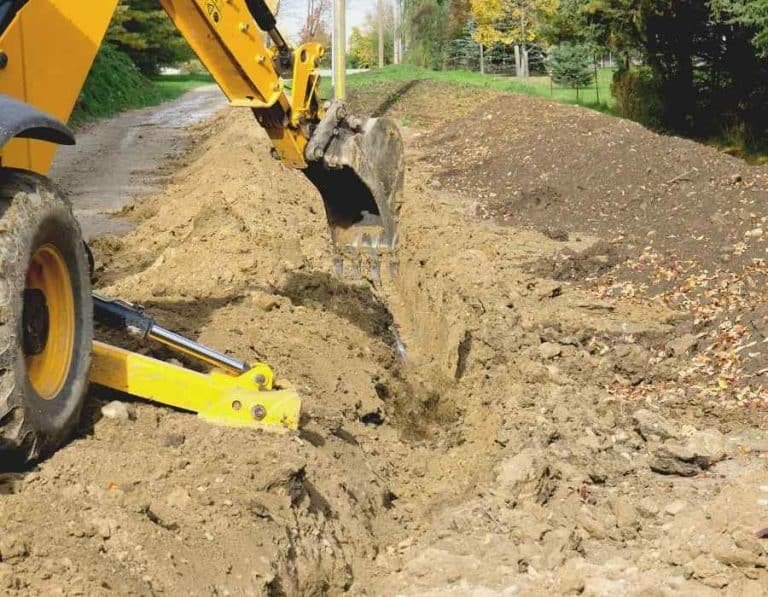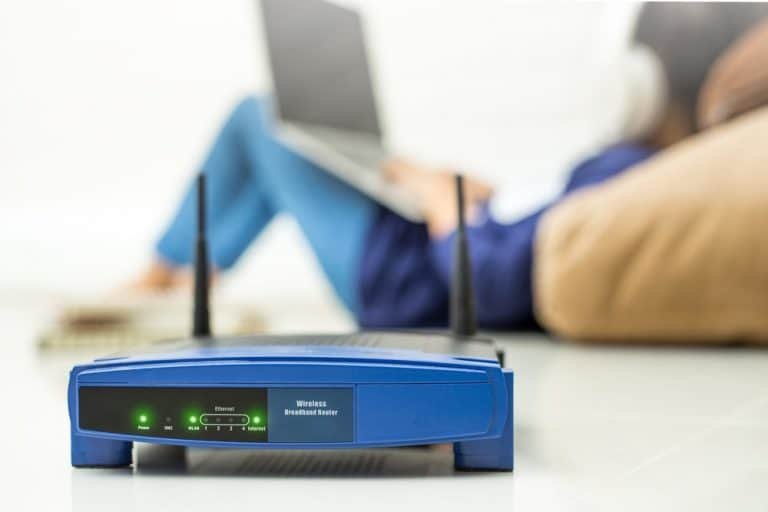Is It Safe to Use 5G at Home? Guidelines
Using 5G at home is considered safe if you maintain a distance of about 400 meters from 5G towers and minimize wireless connections to reduce RF EMF exposure. Ensure your devices comply with ICNIRP exposure limits, which vary by frequency, and meet safety standards.
Stay informed about public perceptions and ongoing research on 5G safety and environmental impacts for a comprehensive understanding.
Disclaimer: As an affiliate, I may collect a share of sales from the links on this page.
Understanding 5G Technology
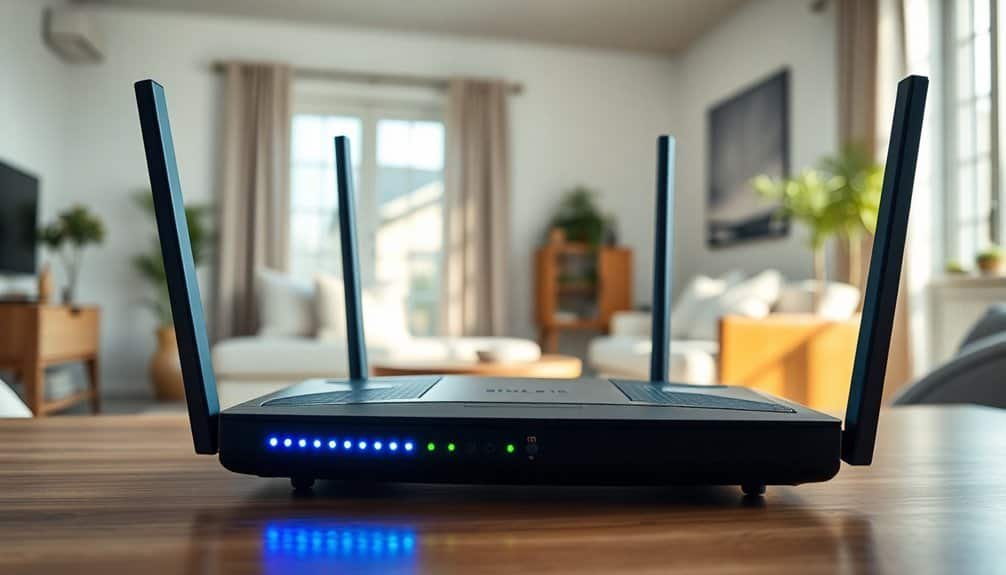
When you consider how telecommunications has evolved, the introduction of 5G represents a monumental leap in wireless technology.
5G, the fifth generation of wireless technology, enhances speed, reduces latency, and improves network flexibility. It achieves peak download speeds of up to 20 Gbps, markedly outpacing 4G networks. 5G’s software-defined platforms manage networking functionality through software rather than hardware, contributing to its enhanced performance. The transition to 5G necessitates infrastructure changes to accommodate more closely spaced cell towers for effective coverage.
5G operates on sub-6 GHz and mmWave bands, offering diverse coverage options. Key features include Orthogonal Frequency Division Multiplexing for efficient data transmission and Multiple Input, Multiple Output technology that boosts capacity.
This network supports millions of devices with ultra-low latency of 1-2 milliseconds, making it ideal for real-time applications and IoT integration.
Health Safety Guidelines
Using 5G technology at home comes with specific health safety guidelines designed to minimize risks associated with radiofrequency electromagnetic fields (RF EMFs).
First, maintain a safe distance from antennas to reduce exposure levels. Keep wireless connections short, and implement awareness training about RF EMFs to understand their impact. Notably, extensive research indicates no established negative health effects from 5G radio waves. The recommended safe distance from 5G towers is around 400 meters to further ensure safety.
Ascertain that devices and masts comply with national and international safety standards. Regularly monitor exposure levels to guarantee compliance.
Consider using natural barriers like walls or trees to further mitigate risks. If needed, consult EMF specialists to assess and minimize radiation exposure effectively in your living environment.
ICNIRP Exposure Limits
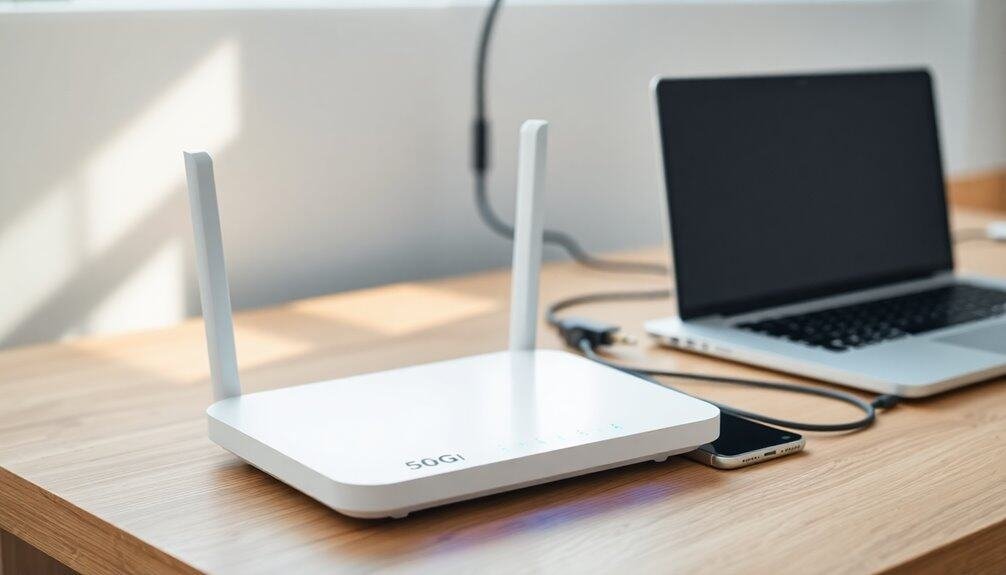
The International Commission on Non-Ionizing Radiation Protection (ICNIRP) establishes specific exposure limits for radiofrequency electromagnetic fields (RF EMFs) to guarantee safety for all users, including those utilizing 5G technology. These guidelines account for frequencies ranging from 100 kHz to 300 GHz, specifically addressing high frequencies used in 5G. Limits vary based on frequency; for example, at frequencies above 6 GHz, exposure is restricted based on power density. Additionally, they average exposure over time, typically 30 minutes. The focus is to protect human health and secure compliance with safety measures to prevent adverse effects related to RF exposure. This comprehensive approach to RF EMF exposure ensures that the guidelines reflect updated scientific understanding and account for technological advancements, especially considering the long-term effects of exposure to different types of radiation.
Environmental Considerations
Beyond the established ICNIRP exposure limits, significant environmental concerns arise from the infrastructure required for 5G technology.
5G systems demand substantial electricity, potentially increasing greenhouse gas emissions if non-renewable sources are used.
Installing millions of small cell towers and data centers leads to resource extraction, contributing to environmental degradation.
Habitat disruption occurs as structures proliferate, affecting wildlife.
Furthermore, improper disposal of 5G devices generates e-waste, introducing further environmental risks.
Decarbonizing the electrical grid is essential to address increased energy needs.
Understanding these implications can guide your decisions on 5G technology and its broader environmental impacts.
Regulatory Frameworks for 5G
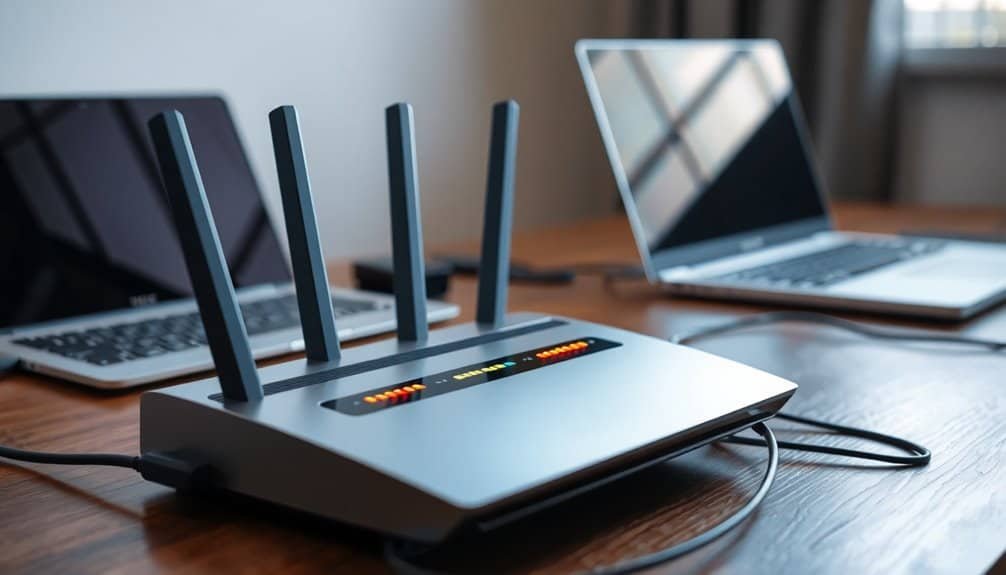
As the demand for 5G technology grows, countries are establishing regulatory frameworks to govern its deployment and guarantee safe access.
Peru, for instance, enacted Supreme Decree No. 004-2025-MTC to streamline 5G spectrum allocation. This regulation emphasizes efficient spectrum use and mandates investment commitments from companies, aligning with public infrastructure goals.
Globally, as 5G reaches over 2.25 billion connections, international cooperation becomes essential. Various jurisdictions are creating thorough legal frameworks that include infrastructure sharing and voluntary spectrum restructuring.
These standards, like those from 3GPP, guide nations in enhancing network capabilities while ensuring equitable access to technology.
Managing Home Network Integration
To effectively manage home network integration, you need to contemplate several factors that enhance both performance and coverage.
- Guarantee line-of-sight for ideal 5G performance indoors.
- Integrate fiber optic cables for smoother connectivity.
- Utilize a hybrid approach, combining 4G, 5G, WiFi, and LAN.
- Minimize physical obstructions that can hinder signal quality.
- Focus 5G usage in open areas for ideal device connection density.
Public Perception and Trust
Public perception of 5G technology greatly influences trust and adoption rates. A significant 89% of people express health concerns, citing fears of increased electromagnetic radiation.
In fact, 51% worry specifically about rising radiation levels. On a 10-point scale, the mean risk perception stands at 6.84, ranking it high compared to other electromagnetic sources.
Although governments assure the public about safety limits, skepticism remains prevalent. Many communities even protest against 5G installations, highlighting distrust towards regulatory bodies.
This gap in perception and expert reassurance emphasizes the need for effective communication and community engagement to facilitate technology acceptance and understanding.
Future Developments in 5G Safety
How will future advancements shape the safety of 5G technology? As connectivity grows, safety measures will evolve. Key developments will enhance security and public assurance:
- Accelerated 5G adoption fuels demand for rigorous safety testing.
- New security labs, like Nokia’s, strengthen network defenses.
- Ongoing studies analyze the effects of 5G on various cell types.
- Collaborative efforts establish global 5G safety standards.
- AI and IoT integration necessitate continuous safety evaluations.
With these advancements, the safety landscape of 5G will align with technological growth, ensuring user confidence and secure connections in the coming years.
Frequently Asked Questions
Can 5G Interfere With Medical Devices at Home?
Yes, 5G can interfere with medical devices at home, particularly sensitive ones like pacemakers. You should stay informed about potential risks and take precautions, such as strategic device placement and adhering to safety guidelines.
How Does 5G Affect Battery Life of Devices?
5G’s fierce fascination fuels faster functions but frustrates battery life. You’re likely to notice increased drain, especially with intensive tasks; updating your device and adjusting habits can help you handle these challenges effectively.
Are There Specific 5G Health Studies I Should Read?
You should read recent epidemiological studies and animal research on 5G health effects, particularly those from Sweden. They highlight immediate adverse impacts and emphasize the need for further research into higher frequency exposure outcomes.
What Should I Do if I Feel Unwell Using 5G?
If you feel unwell using 5G, move away from the source, limit device use, or try shielding techniques. Consult a healthcare provider for guidance and consider alternative networks with lower RF exposure to alleviate symptoms.
Will 5G Change Internet Costs for Consumers at Home?
5G will likely change your internet costs at home. You’ll find more affordable options, increased competition, and various plans tailored to your needs. Long-term pricing guarantees can also help you budget effectively for internet services.
Conclusion
Using 5G at home is generally considered safe if you follow established guidelines. The International Commission on Non-Ionizing Radiation Protection (ICNIRP) sets exposure limits to ensure safety.
Regulatory frameworks monitor compliance, while environmental considerations are essential. Unless you’re powering a small city with your 5G connection, you can enjoy faster internet without radiation concerns.
While 5G won’t turn you into a superhero, it can significantly enhance your online experience.


